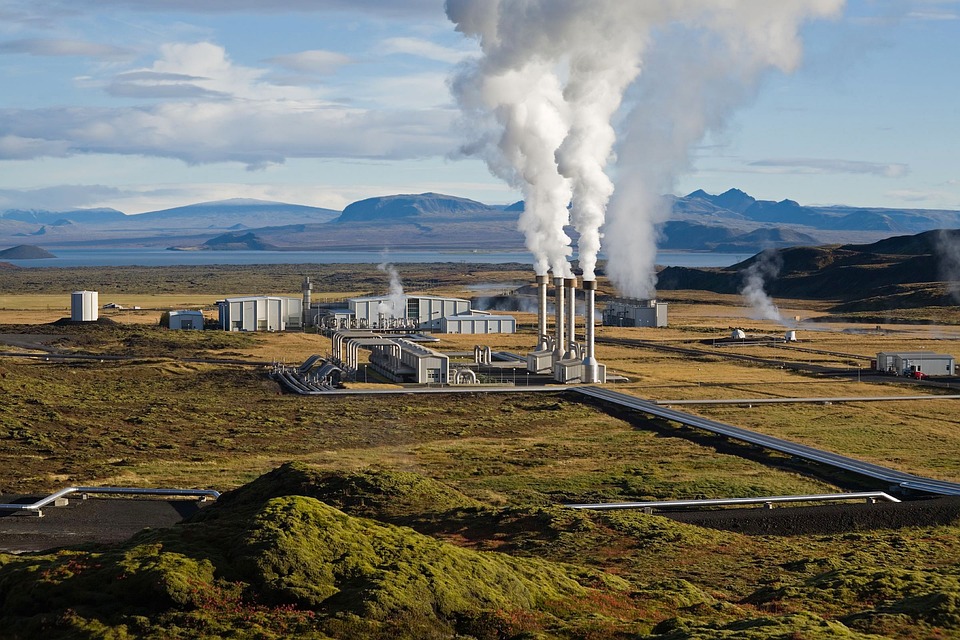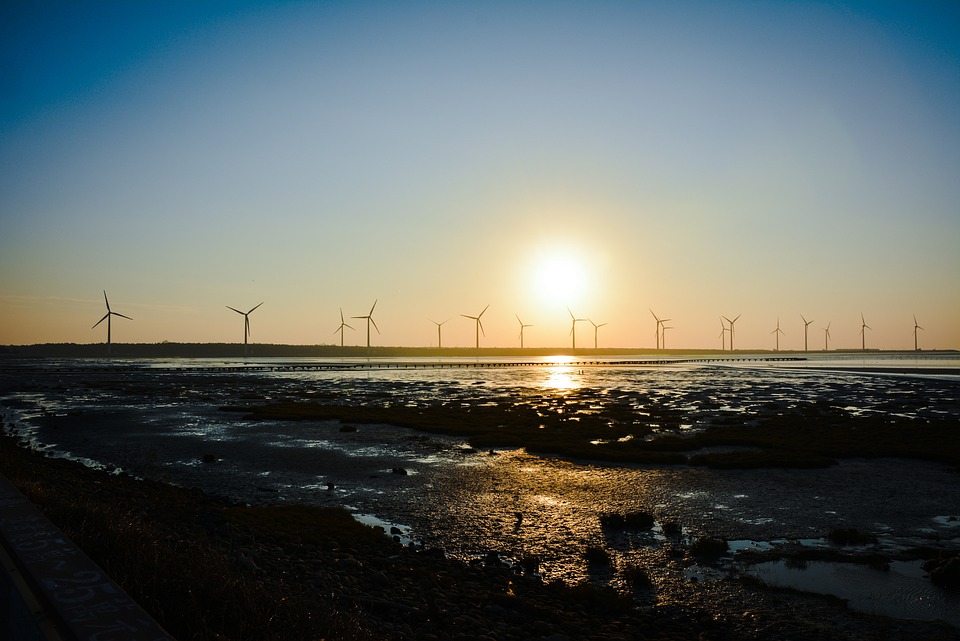Introduction to Clean Energy:
Clean energy is a transformative solution to many of the pressing
environmental and economic challenges we face today. It involves
harnessing energy from natural, renewable resources like the sun,
wind, water, and biomass. Unlike fossil fuels, which are finite and
release harmful pollutants into the atmosphere, clean energy sources
are sustainable and have minimal environmental impact. As the world
grapples with climate change and its consequences, the shift to clean
energy has become more crucial than ever.
One of the most significant advantages of clean energy is its
potential to reduce greenhouse gas emissions. Fossil fuels, such as
coal, oil, and natural gas, are major contributors to global warming.
When burned, they release carbon dioxide and other greenhouse gases
that trap heat in the Earth's atmosphere, leading to a rise in global
temperatures. This phenomenon, known as the greenhouse effect, is
responsible for climate change, which brings about extreme weather
events, rising sea levels, and disruptions to ecosystems. Clean
energy, on the other hand, produces little to no greenhouse gas
emissions. For instance, solar panels convert sunlight into
electricity without emitting any pollutants, while wind turbines
generate power by harnessing the wind, a natural and abundant
resource.
Another compelling reason to transition to clean energy is the
economic benefit it offers. The renewable energy sector is a major
driver of job creation. From manufacturing and installation to
maintenance and research, clean energy projects generate numerous
employment opportunities. According to the International Renewable
Energy Agency (IRENA), the renewable energy sector employed over 11
million people worldwide in 2018, and this number is expected to grow
as more countries invest in renewable technologies. Moreover, clean
energy can lead to energy independence. By investing in local
renewable energy sources, countries can reduce their reliance on
imported fossil fuels, enhancing their energy security and reducing
vulnerability to global energy market fluctuations.
Another compelling reason to transition to clean energy is the
economic benefit it offers. The renewable energy sector is a major
driver of job creation. From manufacturing and installation to
maintenance and research, clean energy projects generate numerous
employment opportunities. According to the International Renewable
Energy Agency (IRENA), the renewable energy sector employed over 11
million people worldwide in 2018, and this number is expected to grow
as more countries invest in renewable technologies. Moreover, clean
energy can lead to energy independence. By investing in local
renewable energy sources, countries can reduce their reliance on
imported fossil fuels, enhancing their energy security and reducing
vulnerability to global energy market fluctuations.
Despite these benefits, the transition to clean energy is not without
challenges. The initial costs of renewable energy technologies can be
high, and there are technical and logistical issues to consider, such
as the integration of renewable energy into existing power grids and
the variability of some renewable energy sources. However,
advancements in technology and supportive government policies are
helping to overcome these obstacles. Innovations in energy storage,
for example, are making it easier to store and manage renewable
energy, ensuring a stable and reliable power supply even when the sun
isn't shining or the wind isn't blowing.
In conclusion, clean energy represents a vital shift towards a more
sustainable and resilient future. By reducing greenhouse gas
emissions, creating economic opportunities, and improving public
health, clean energy addresses many of the critical issues facing our
world today. As young people and society at large become more aware of
these benefits, the momentum for clean energy adoption continues to
grow. Embracing clean energy solutions is not only an environmental
imperative but also an economic and social opportunity that we cannot
afford to miss.
Solar Energy
Solar energy is one of the most promising renewable energy sources
available today. By harnessing the power of the sun, we can generate
electricity and heat with minimal environmental impact.As concerns
about climate change and fossil fuel depletion grow.
Wind Energy
Wind energy is one of the fastest-growing sources of renewable
energy globally. By converting the kinetic energy of wind into
electrical power, wind turbines provide a clean, sustainable
alternative to fossil fuels.
Hydropower Energy
Hydropower energy, derived from the movement of water, is one of the
oldest and most reliable sources of renewable energy. By converting
the kinetic energy of flowing water into mechanical power and then
into electricity.
Geothermal Energy
Geothermal energy is a powerful and sustainable source of renewable
energy derived from the Earth's internal heat. By tapping into the
natural heat stored beneath the Earth's surface, geothermal energy
can be used for electricity generation, direct heating.
Biomass Energy
Biomass energy, derived from organic materials, is a versatile and
sustainable source of renewable energy. By converting biological
material into heat, electricity, and biofuels, biomass energy offers
an effective alternative to fossil fuels.
Ways to save it
Saving clean energy involves both reducing energy consumption and maximizing the efficiency of clean energy
sources. Here are some effective strategies:
Essentials for it
Essentials for clean energy encompass a range of technologies, practices, and policies that
collectively ensure the production, distribution, and consumption of energy with minimal environmental impact.
Key components include:








